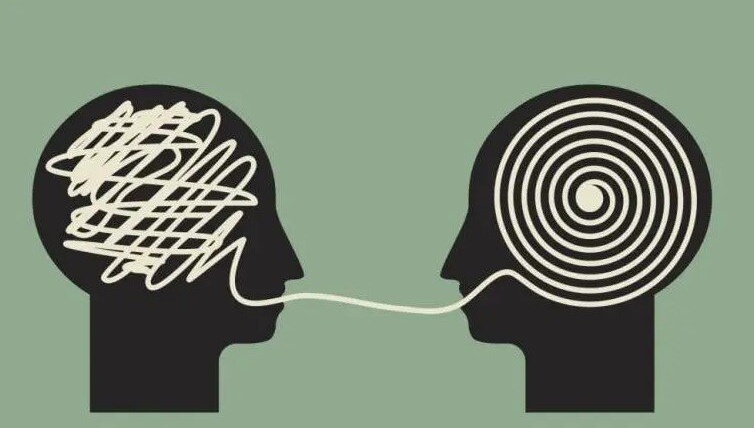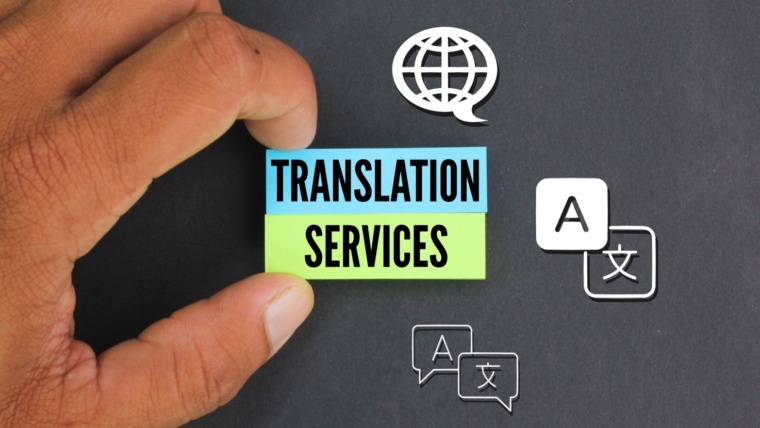Technology has transformed how people communicate with one another, especially in business settings.


Technology has transformed how people communicate with one another, especially in business settings.

Back translation, also known as reverse translation, is the process of re-translating the translated content back into the initial source language.

With over 2 billion online shoppers in the globe for products and services, website localization seems to be more important than ever if a business aims to grow and tap into new markets.

Medical translation plays a crucial role in communicating medical knowledge and information and promoting and sustaining public health.

Artificial Intelligence (AI) will displace 300 million jobs, according to a report by an investment bank. Whether this prediction comes true remains to be seen, but there is no denying that the translation industry has taken the brunt.

Transcreation is a word coined from translation and creation. It is a specialised form of translation that goes beyond word-to-word translation which simply converts the text from one language to another.

Corporate communications is a set of activities in managing all internal and external communications of a company or organization with the aim to create favourable point of view among stakeholders including customers, employees, the media and general public.

If someone mentions translation, you may immediately think of translators and editors. They undoubtedly play a significant role in the translation process.

Corporate communications is the way in which a company communicates with its stakeholders, such as employees, customers, shareholders, the media, and the public. It can cover a wide range of activities, including public relations, marketing, advertising, internal communications, and crisis management.

It is often tempting to rely on machine translation when it comes to financial documents, especially for large corporations and listed companies. Afterall, the documents and paperwork required to list and maintain a listed company are considerable.